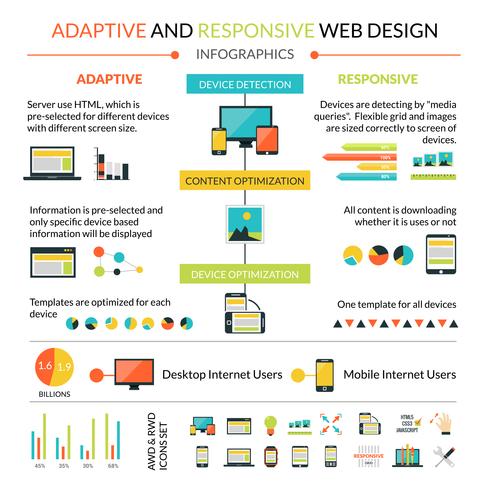The Makeover Of Online Platforms: A Journey With Time
The Makeover Of Online Platforms: A Journey With Time
Blog Article
Published By-Jonasson Wong
In the past, websites were easy and focused on information. click here to find out more was straight, and style was for desktop computers. Currently, customer experience is essential. Information guides designs for simple navigation. Responsive formats suit various gadgets. Today, dark setting reduces pressure, and minimal menus boost navigation. Interactive functions engage users, and bold visuals stick out. AI combination improves interaction. See just how design has progressed to enhance your on the internet journey.
Very Early Days of Web Design
In the early days of website design, simpleness reigned supreme. Websites were basic, with restricted colors, font styles, and designs. The emphasis got on providing info rather than showy visuals. Individuals accessed the internet through slow dial-up links, so speed and functionality were vital.
Navigating food selections were straightforward, usually located on top or side of the web page. Web sites were created for desktop computers, as mobile browsing had not been yet prevalent. Content was king, and developers prioritized very easy readability over complex design aspects.
HTML was the primary coding language used, and designers had to work within its restrictions. Animations and interactive attributes were very little compared to today's requirements. Internet sites were static, with little dynamic material or personalized individual experiences.
Increase of User-Focused Style
With the evolution of site style, a shift towards user-focused style concepts has actually become significantly famous. Today, producing sites that focus on individual experience is important for engaging visitors and accomplishing service goals. User-focused layout entails recognizing the demands, choices, and habits of your target market to customize the web site's design, material, and includes as necessary.
Developers currently conduct complete study, such as customer studies and usability screening, to collect insights and comments straight from individuals. This data-driven technique helps in creating instinctive navigating, clear calls-to-action, and visually enticing interfaces that resonate with visitors. By putting web redesign at the center of the design process, sites can provide a much more individualized and delightful experience.
Responsive design has actually additionally emerged as a key facet of user-focused style, guaranteeing that websites are enhanced for various tools and display dimensions. This versatility improves ease of access and functionality, accommodating the varied methods individuals connect with sites today. Fundamentally, the surge of user-focused style represents a change in the direction of producing digital experiences that prioritize the requirements and expectations of completion customer.
Modern Trends in Website Design
Explore the most recent patterns shaping web design today. One prominent fad is dark mode design, using a streamlined and modern-day look while minimizing eye stress in low-light atmospheres. An additional essential fad is minimal navigation, simplifying menus and enhancing customer experience by concentrating on essential elements. Including micro-interactions, such as animated buttons or scrolling effects, can develop a more appealing and interactive site. Receptive layout stays vital, guaranteeing seamless customer experiences throughout different devices. Additionally, using bold typography and unbalanced designs can add visual rate of interest and accentuate certain content.
Integrating AI innovation, like chatbots for client support or personalized suggestions, boosts individual engagement and enhances procedures. Availability has additionally end up being a considerable fad, with developers focusing on comprehensive layout practices to satisfy diverse customer demands. Welcoming sustainability by optimizing website efficiency for rate and performance is one more emerging trend in web design. Collaborating with user responses and information analytics to iterate and improve design constantly is important for staying pertinent in the ever-evolving digital landscape. By embracing these contemporary trends, you can create an aesthetically enticing, user-friendly internet site that reverberates with your target market.
Conclusion
As you assess the development of web site style from the very early days to currently, you can see how user-focused design has become the driving force behind contemporary patterns.
Accept the journey of adjustment and adaptation in website design, constantly keeping the user experience at the center.
Remain present with the latest fads and innovations, and never ever stop progressing your strategy to produce aesthetically sensational and straightforward internet sites.
Progress, adjust, and create - the future of website design is in your hands.
